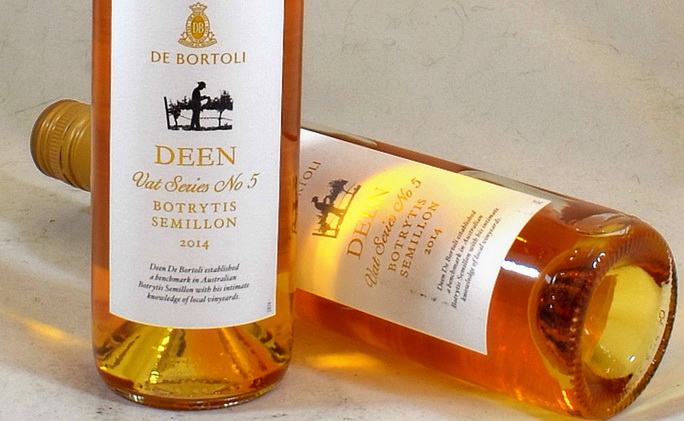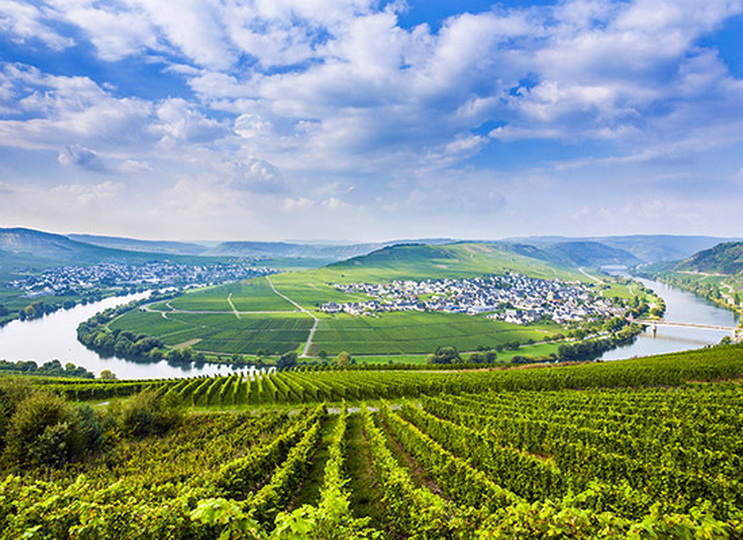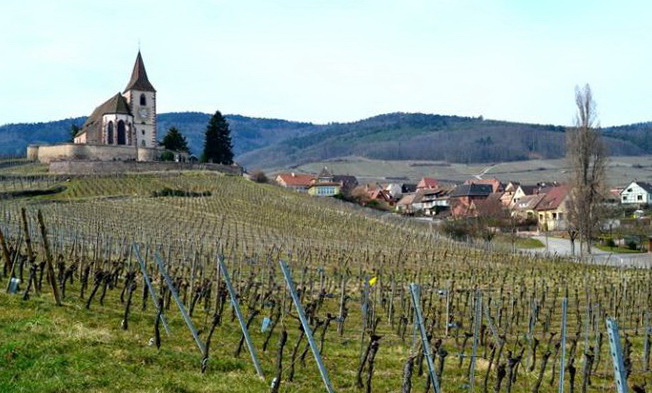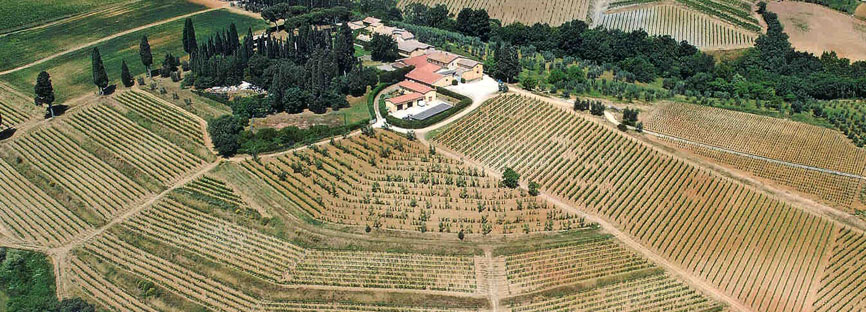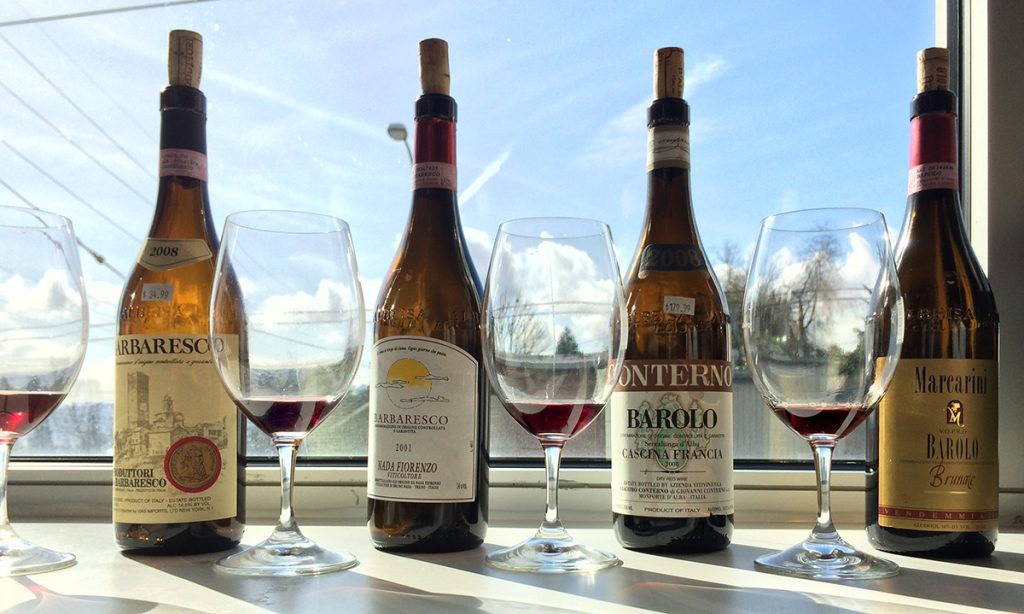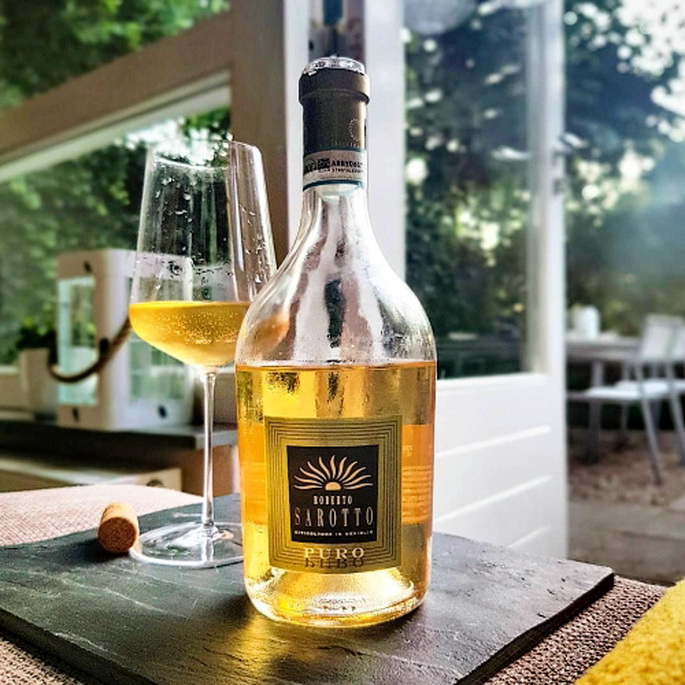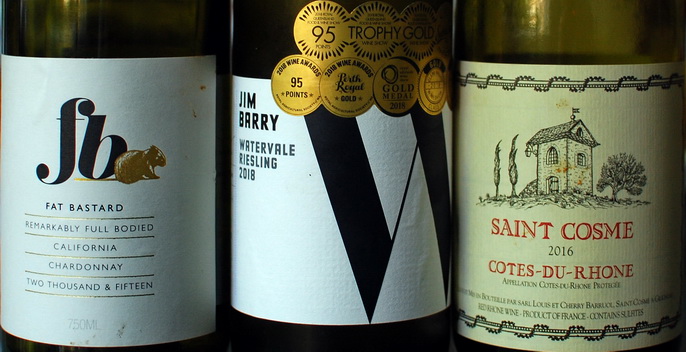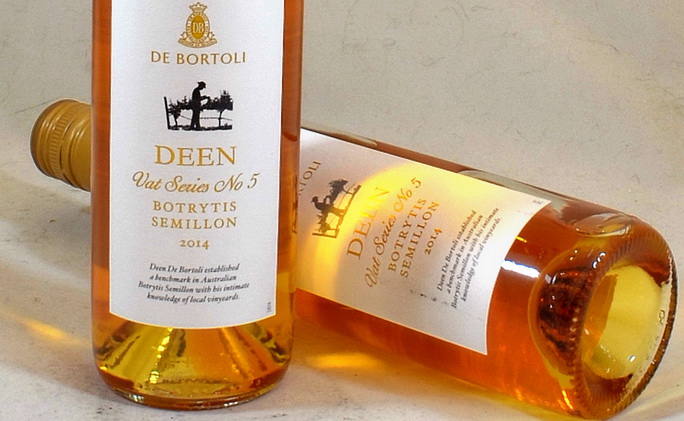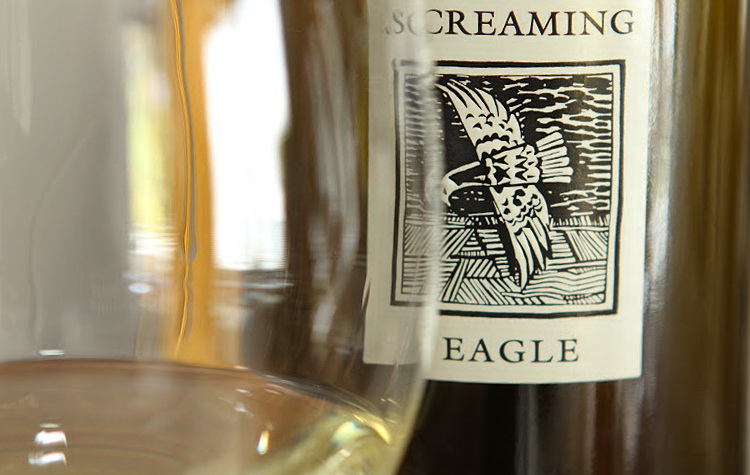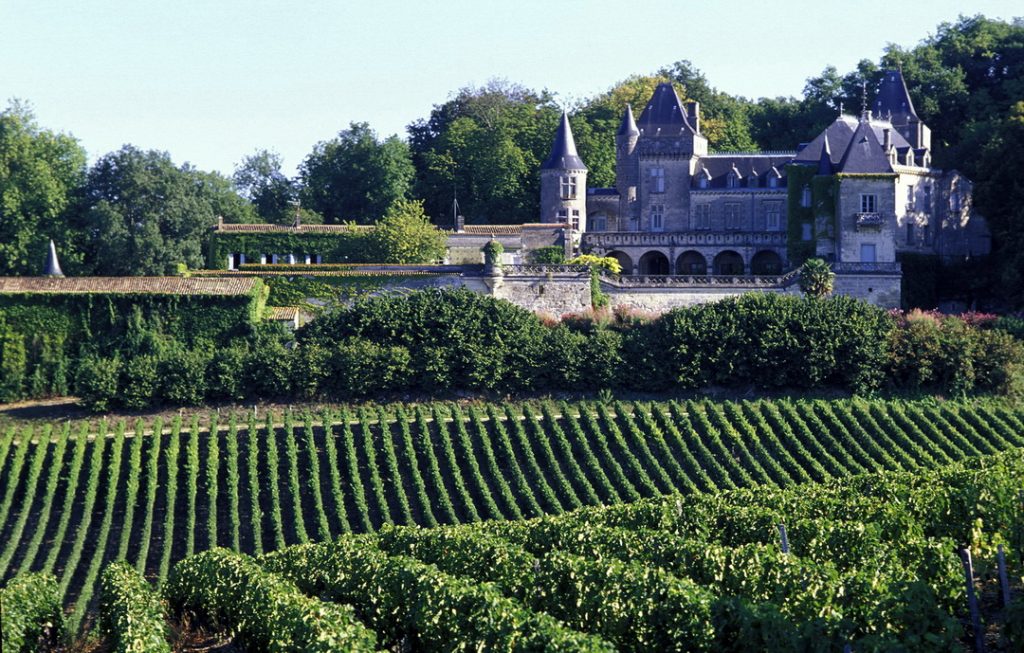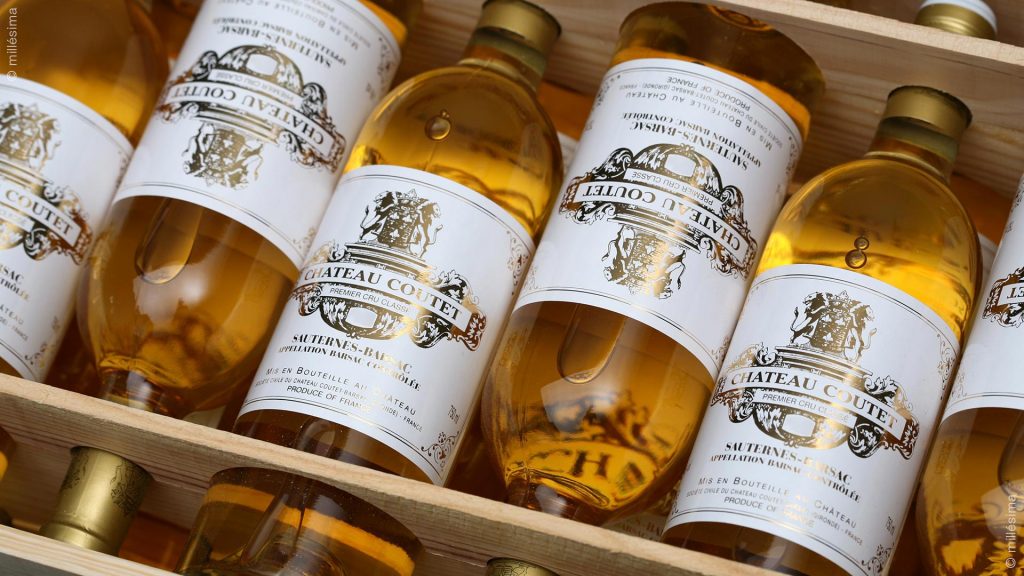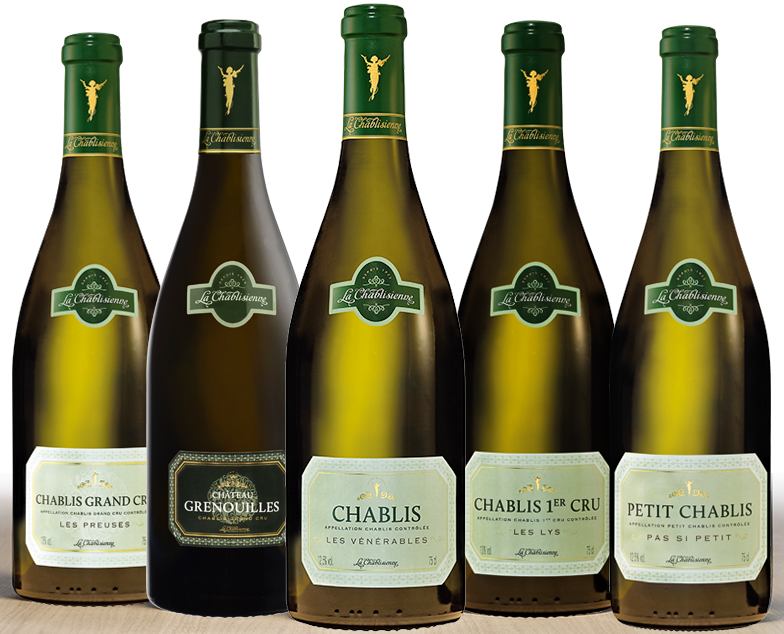Part One
by Vin Keller
In 1961, it was pilfered beer and Crème de Menthe from a friend’s dad’s supply, and sipped under his house during A.W.O.L. lunchtimes from school. The footpath on the way back to school always seemed to sway wildly from side to side. History and Algebra just floated past.
By 1964, it was a can of Screwdriver, and a bottle of Orlando Barossa Pearl as my debut into the world of
wine: soon after, there followed Buring’s Sparkling Rhinegold, McWilliam’s Porphry Sauternes, Pink Starwine, and the inevitable Kaiser Stuhl Cold Duck. A blushing laugh now, that’s the way things were then. Those introductory liquids were a common start for practically every Aussie apprentice boozer toward better things. Much better things – and, in my case, lots of them. And I was learning to sip; not swig.
My first Malbec arrived from Stage Left; picture the rear of a fruit shop, and I’m sitting on an upended banana box. The shop owner was a friendly Italian man, and he was willing to part with some of his very good wines only on condition that I tasted some of his Houghton’s 1963 Swan Valley Malbec. Malbec??
(“What’s that?”, I wondered – in complete ignorance).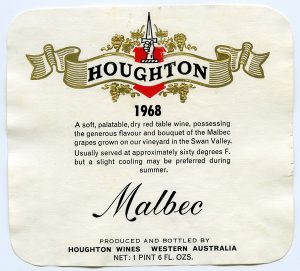
I learned about the revered Jack Mann, polished winemaker at Houghton’s for many decades. And his beautiful successive vintage Malbecs were thereafter always in my growing cellar. And there was also his lighter, but so attractive Houghton Strelley, a blend of Cabernet, Shiraz and Malbec. I used to drink that with an Italian salad from Leo’s Spaghetti Bar while sprawled on the sand, watching the gentle ripples lap St. Kilda Beach. Just a beautiful experience.
Visits back to my Italian mentor became as often as my carefully-saved wages could allow. And the memories linger in strength to this day. More Houghton’s Malbec (of course!) and other jewels from his collection – try Seppelt Great Western Bin 45A and C Champagne of 1954, Seppelt great Western Riesling of 1959, and that astonishing 1958 Seppelt Great Western Cabernet-Sauvignon; but the fantastic 1962 Seppelt Great Western Cabernet-Shiraz – all made by that peerless winemaker, Colin Preece. I also discovered that this last wine had about 10% Malbec added, and I still think that it, with Penfold’s Bin 420 Cabernet-Shiraz of 1966 are the two best balanced Australian wines I have ever tasted.
I was on the way!

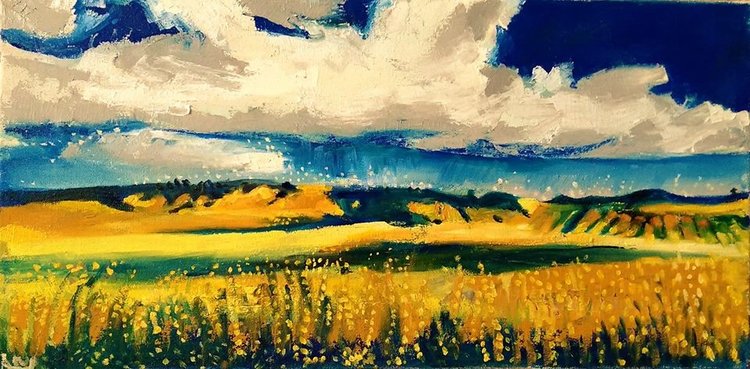

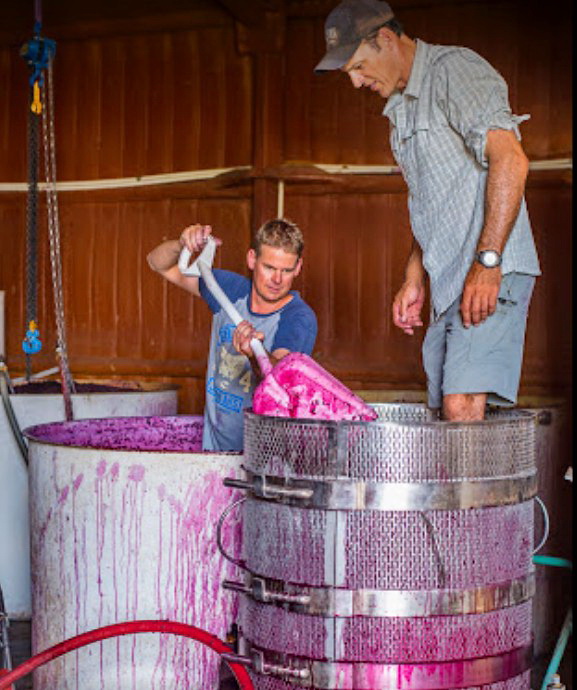
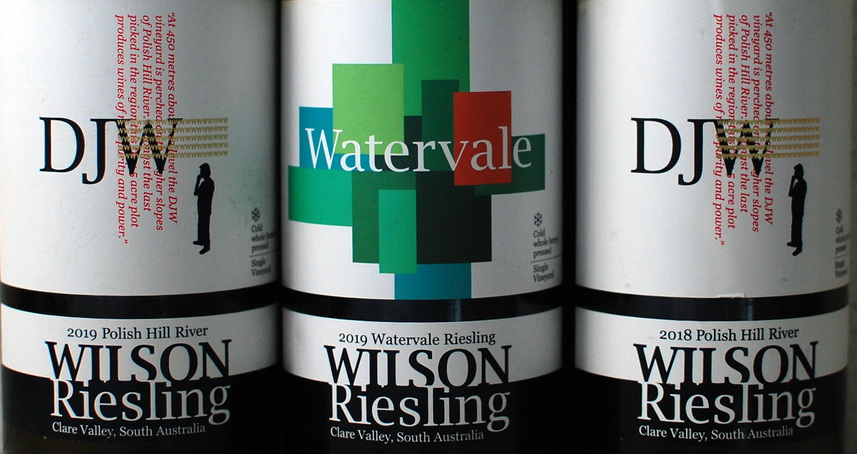
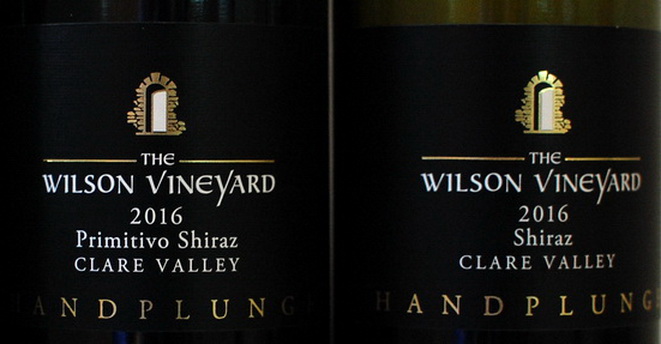
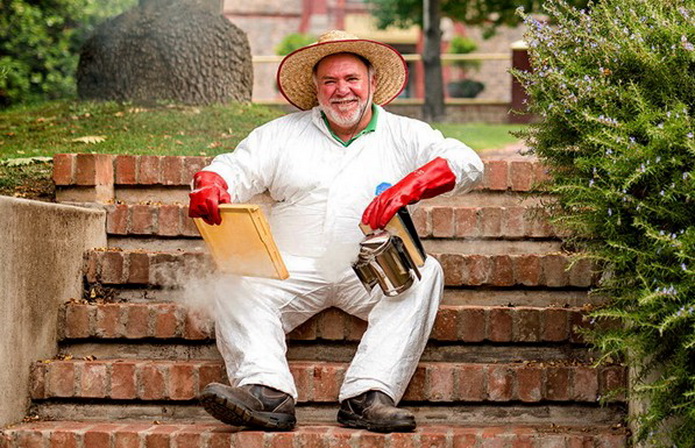
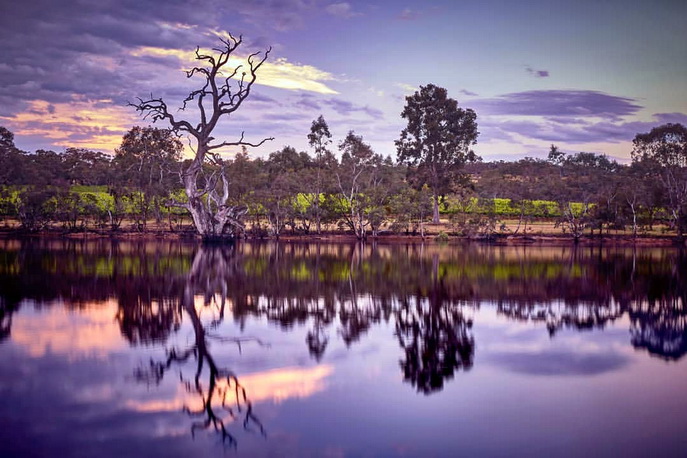
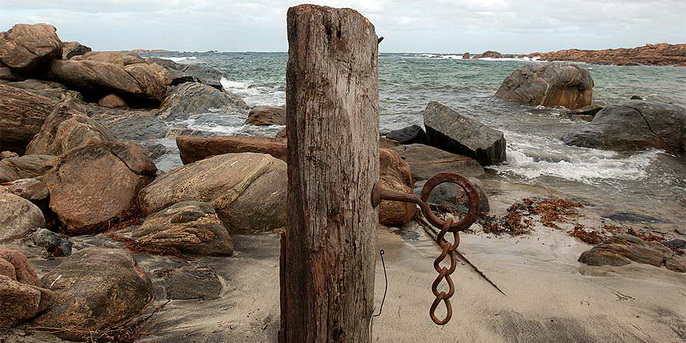
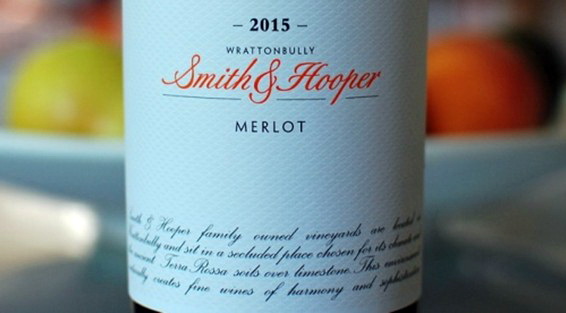
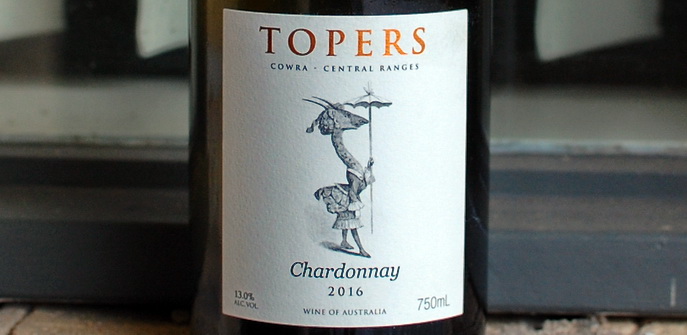
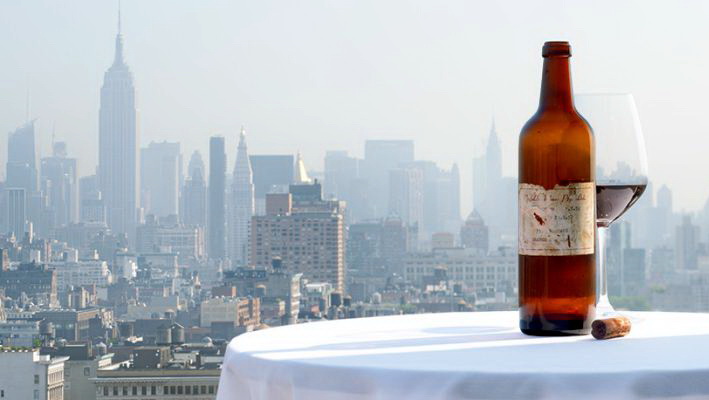
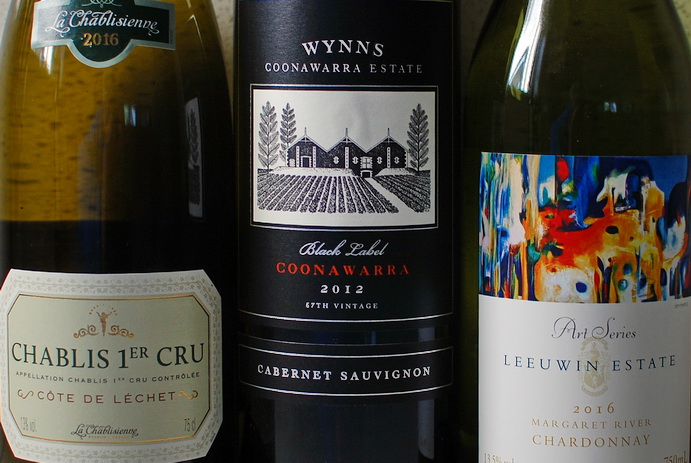
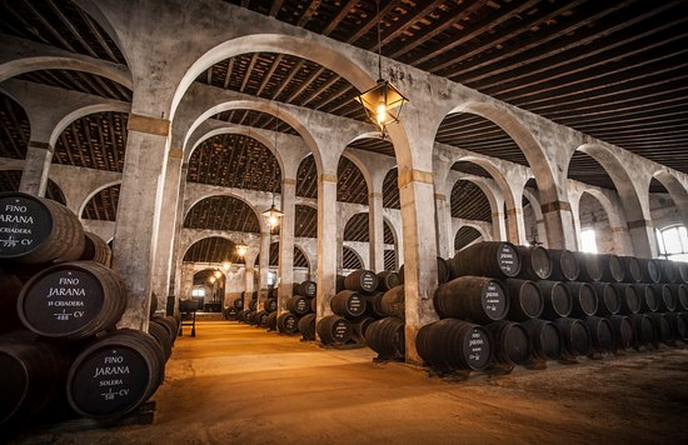
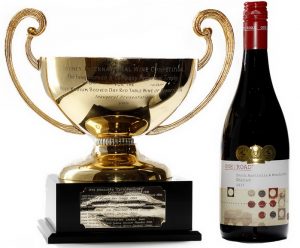 The giant killer this year was the $7 One Road Shiraz 2017 from ALDI, which won a trophy. I’d bought a bottle of this wine a couple of months ago when the results were announced, and shook my head in disbelief: This is a robust, rustic red that offers a lot of obvious flavour for the money, and some fairly rough edges.
The giant killer this year was the $7 One Road Shiraz 2017 from ALDI, which won a trophy. I’d bought a bottle of this wine a couple of months ago when the results were announced, and shook my head in disbelief: This is a robust, rustic red that offers a lot of obvious flavour for the money, and some fairly rough edges.